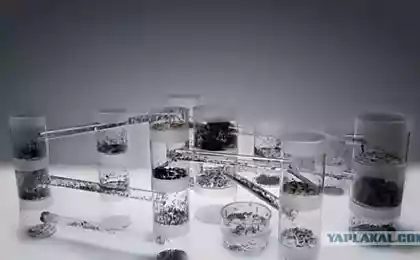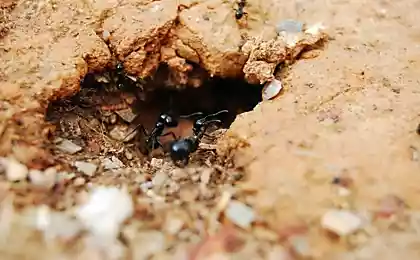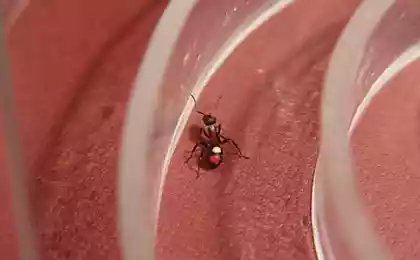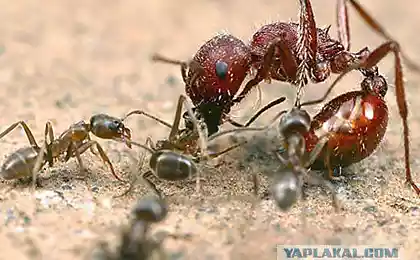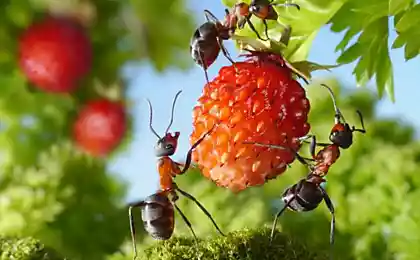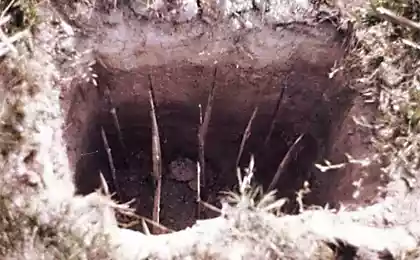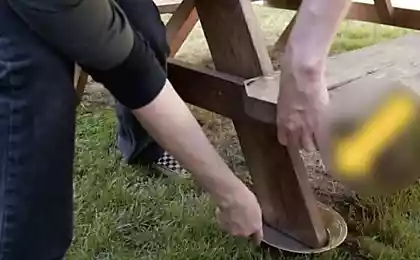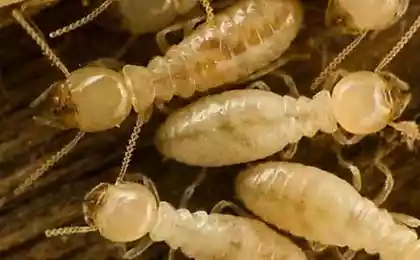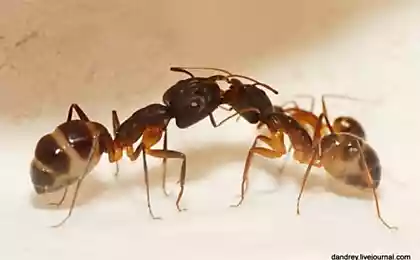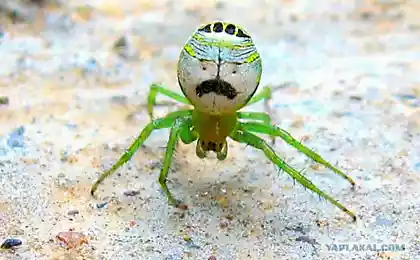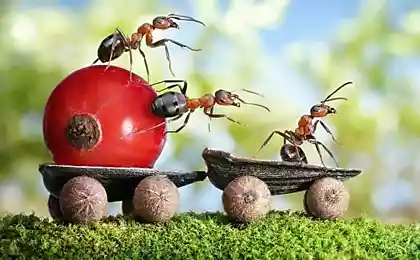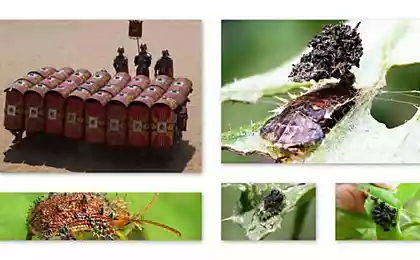470
Carnivorous plants
Carnivorous plants — of course, some of the most intriguing creatures of nature. Ways to catch prey, they use very different, and still not always clear how the plant manages to lure the animal into a deadly trap. However, it is luring the situation is relatively simple: insects are on the sweet nectar secreted by the plant. Difficulties arise when a random insect you need to keep. Everyone knows the sundew, for example, comes simple: it compresses insects with sticky hairs and shrinking sheets. But what about plants that do not have such a shrinking of the leaves traps?
Botany from Cambridge University (UK) explored just such carnivorous plants of genus Heliamphora, the trap which is a normal leaf pitcher with digestive juice on the bottom. The main prey they are ants: getting inside the pitcher, they can't get out. It turned out, the plant is relatively simple, but very effective, the above — moistening of the walls and Volkovym coating. Experiments have shown that insects are crawling freely on the dry walls Heliamphora, and only 29% eventually fall down. If the wall of the jug was wet, it slipped already 88% of the ants.
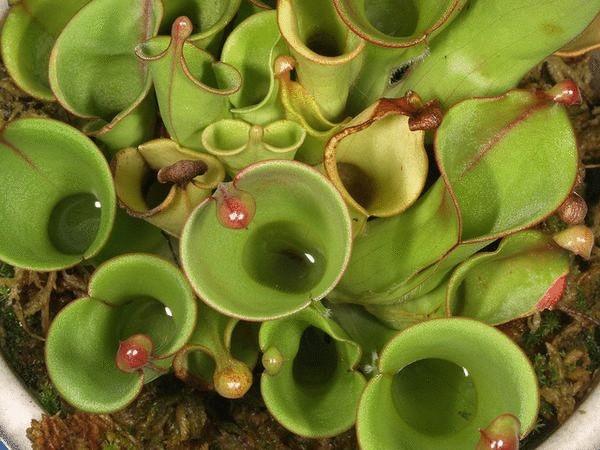
The researchers tried to remove the adhesive coating on the legs of insects. It turned out that the ants are no sticky pads can't resist even on a dry surface of the jar. That is, the wetting liquid of the pitcher makes it impossible for insects to cling to the surface and to avoid death. However, ants can be held not only by adhesion but also clinging to the surface of the claws. And then the plant help hairs that densely cover the inner surface of the pitcher (their number can reach 100 thousand). These hairs directed downwards, and the ant cannot gain a foothold to the claws.
Kuvshinovsky traps are common among insectivorous plants quite widely. And, according to the authors, even if the plants are not close relatives, they still use the same method, which does not allow insects to get out, hair plus wet wall of the jug. Although some skeptics doubt the universality of this technique in their opinion, carnivorous plants with a trap-jugs too diverse diet in order for all prey species use the same hunting trick.
Source: /users/104
Botany from Cambridge University (UK) explored just such carnivorous plants of genus Heliamphora, the trap which is a normal leaf pitcher with digestive juice on the bottom. The main prey they are ants: getting inside the pitcher, they can't get out. It turned out, the plant is relatively simple, but very effective, the above — moistening of the walls and Volkovym coating. Experiments have shown that insects are crawling freely on the dry walls Heliamphora, and only 29% eventually fall down. If the wall of the jug was wet, it slipped already 88% of the ants.

The researchers tried to remove the adhesive coating on the legs of insects. It turned out that the ants are no sticky pads can't resist even on a dry surface of the jar. That is, the wetting liquid of the pitcher makes it impossible for insects to cling to the surface and to avoid death. However, ants can be held not only by adhesion but also clinging to the surface of the claws. And then the plant help hairs that densely cover the inner surface of the pitcher (their number can reach 100 thousand). These hairs directed downwards, and the ant cannot gain a foothold to the claws.
Kuvshinovsky traps are common among insectivorous plants quite widely. And, according to the authors, even if the plants are not close relatives, they still use the same method, which does not allow insects to get out, hair plus wet wall of the jug. Although some skeptics doubt the universality of this technique in their opinion, carnivorous plants with a trap-jugs too diverse diet in order for all prey species use the same hunting trick.
Source: /users/104


